좁은 인공지능(Narrow AI)은 일상생활에서 흔히 사용되고 있지만, 인공지능의 궁극적인 목표는 바로 범용 인공지능(AGI, Artificial General Intelligence)입니다. AGI는 단순히 프로그래밍된 작업을 수행하는 것을 넘어서 인간처럼 사고하고, 학습하며, 적응할 수 있는 능력을 가진 기계를 의미합니다.
BAP Software는 AGI가 무엇인지, 기존의 인공지능과 어떤 차이가 있는지, 그리고 미래에 가져올 수 있는 잠재적인 이점과 위험성에 대해 여러분이 더 깊이 이해할 수 있도록 도와드립니다.
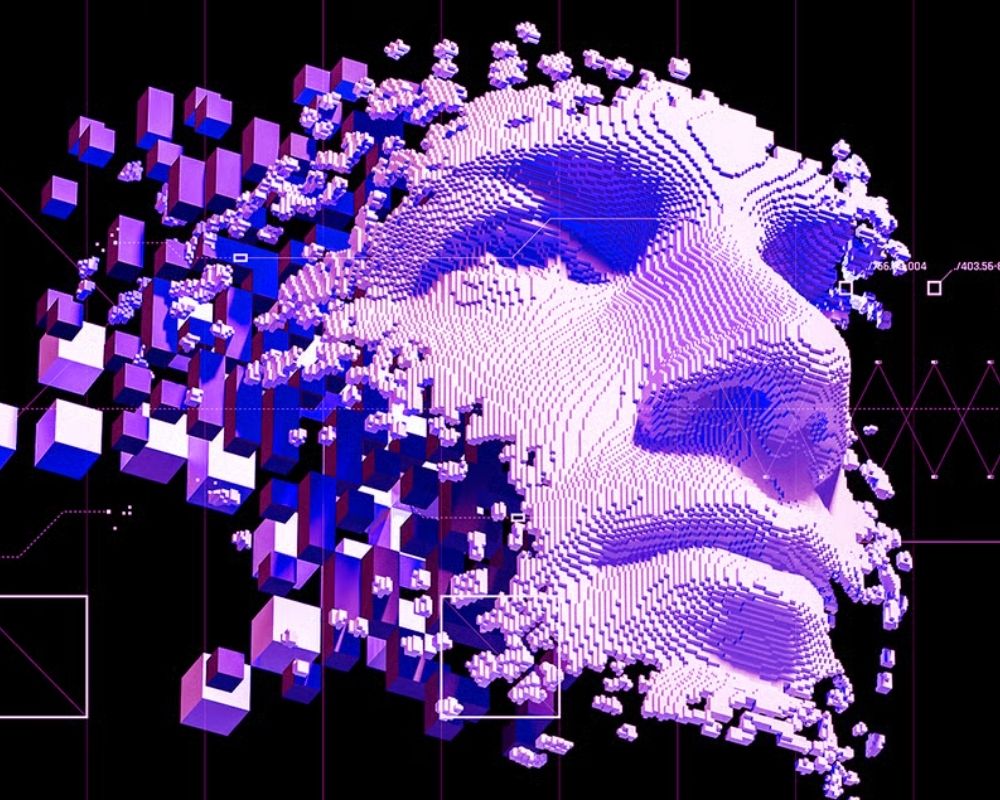
AI가 인간 수준의 사고에 도달하면 어떤 일이 일어날까? (출처: Built In)
I. AGI란 무엇이며, 현재의 인공지능과 어떻게 다른가요?
범용 인공지능(AGI, Artificial General Intelligence)은 인간처럼 학습하고, 적응하며, 지적 작업을 수행할 수 있는 AI 수준을 의미합니다. 오늘날의 AI 시스템은 특정 목적에 맞춰 설계된 반면, AGI는 독립적으로 사고하고, 경험을 바탕으로 의사결정을 내리며, 명시적인 프로그래밍 없이도 새로운 문제를 해결할 수 있는 능력을 가집니다.
AGI와 협소한 인공지능(Narrow AI), 초지능(ASI)의 비교
| 수준(Level) | 설명(Description) | 능력(Capabilities) |
|---|---|---|
| 협소한 AI (Narrow AI) | 특정 작업에 특화된 인공지능 (예: 챗봇, 얼굴 인식) | 훈련된 작업에는 뛰어나지만 유연성이 부족 |
| 범용 AI (AGI) | 인간처럼 다양한 작업을 수행할 수 있는 범용 인공지능 | 인간처럼 학습, 추론, 창작, 적응 가능 |
| 초지능 (ASI) | 인간 지능을 뛰어넘는 가상의 AI | 아직 이론 단계이며, 전 세계 기술을 통제할 가능성 있음 |
AGI의 주요 특징
다재다능한 멀티태스킹: 수학 문제 풀이, 에세이 작성, 감정 이해, 예술 창작까지 수행 가능
무제한 자기학습: 기존 머신러닝과 달리 라벨링된 데이터에 의존하지 않고, 경험과 환경으로부터 학습
자각성과 적응성: 독립적인 사고 능력을 가지며, 완전히 새로운 상황에도 적응 가능
예시
협소한 AI: Siri는 날씨를 알려줄 수 있지만, 당신이 작성 중인 이메일 내용을 이해하지는 못함
AGI: 이메일을 읽고 당신이 스트레스를 받고 있음을 인식하여 휴식을 제안하거나 이메일을 대신 작성해 줄 수 있음
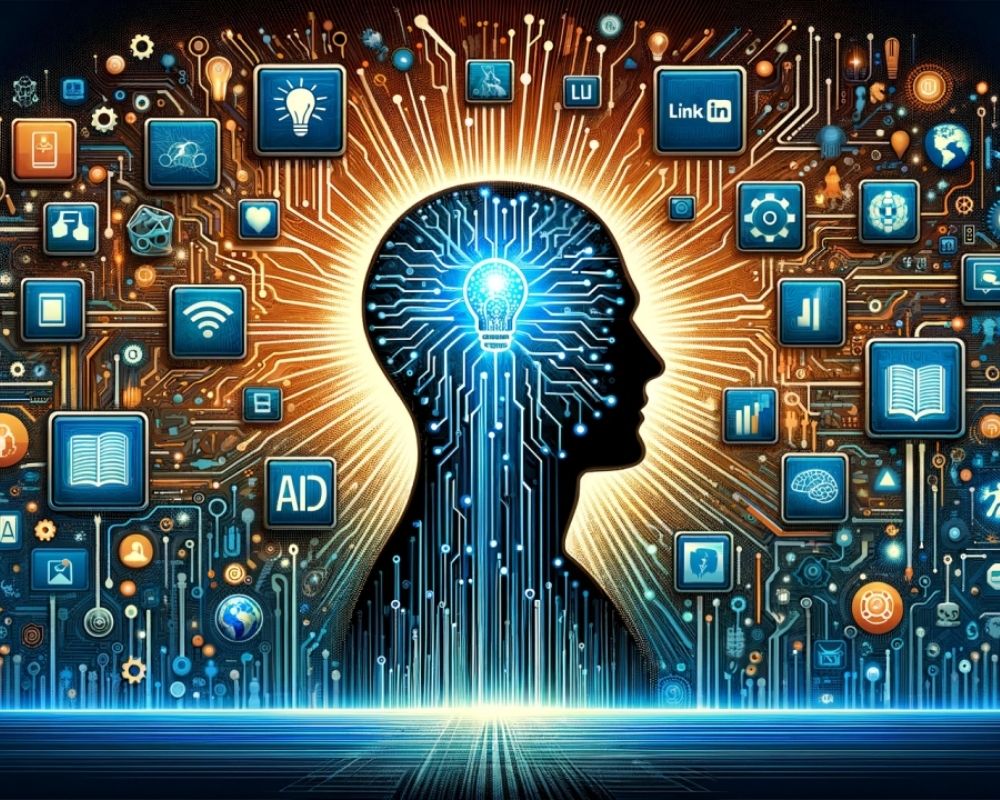
AGI vs. 다른 유형의 AI (출처: USA Wire)
II. AGI의 개발 역사와 현재 상태
AGI를 향한 초기 단계
인간처럼 사고할 수 있는 기계에 대한 개념은 20세기 중반부터 시작되었으며, 앨런 튜링(Alan Turing)과 “인공지능(Artificial Intelligence)”이라는 용어를 만든 존 매카시(John McCarthy)와 같은 선구자들이 그 중심에 있었습니다.
하지만 당시의 AI 시스템은 단순한 논리 기반 알고리즘을 프로그래밍하는 데 그쳤으며, 인간 지능을 모방하기에는 한참 부족한 수준이었습니다.
머신러닝과 딥러닝의 부상
2010년경부터 딥러닝, 빅데이터, GPU 기술의 발전 덕분에 AI는 이미지 인식, 언어 번역, 음성 처리 등 특정 작업에서 탁월한 성능을 보이기 시작했습니다.
이러한 흐름은 GPT, AlphaGo와 같은 고도화된 모델의 기반이 되었지만, 여전히 **협소한 AI(Narrow AI)**의 범위를 벗어나지 못하며, 훈련 데이터 외의 유연한 이해나 작업은 어려운 상태입니다.
AGI를 향한 현재의 노력
전 세계의 주요 연구소들은 AGI 실현을 목표로 활발히 연구를 진행 중입니다:
DeepMind (Google): AlphaZero, Gato와 같은 다양한 작업을 학습할 수 있는 모델 개발
OpenAI: GPT-4, ChatGPT 등과 더불어 윤리적이고 안전한 AGI 개발을 위한 지속적인 연구
Anthropic, Meta AI, Microsoft Research: AGI를 위한 지속 가능한 연구에 수십억 달러를 투자 중
이들의 공통 목표는 다음과 같은 능력을 갖춘 AI 시스템을 개발하는 것입니다:
추론 능력 (Reasoning)
전이 학습 (Transfer Learning): 한 분야의 지식을 다른 분야에 적용
일반화 (Generalization): 재훈련 없이도 새로운 문제 해결
현재 AGI의 위치는 어디인가?
아직 공식적으로 인정된 AGI 시스템은 존재하지 않지만, 다중 작업 수행 및 맥락 기반 학습 측면에서 인간에 가까운 능력을 보여주는 모델들이 점점 등장하고 있습니다.
전문가들은 AGI가 2030~2040년대 사이에 실현될 수 있다고 전망하지만, 정확한 시기는 여전히 논쟁 중입니다. 요약하자면, AGI는 여전히 목표에 불과하지만, 현재의 개발 속도를 고려할 때 실현은 생각보다 가까이 다가와 있을 수 있습니다.

AGI의 진화 과정 (출처: Codiste)
III. AGI의 잠재력 – 세상을 어떻게 변화시킬 수 있을까?
AGI는 단순한 기술적 이정표를 넘어, 지능에 대한 새로운 혁명을 의미합니다. 인간처럼 사고하고 학습할 수 있는 능력을 통해, AGI는 삶과 사회의 거의 모든 측면을 재편할 잠재력을 가지고 있습니다.
1. 모든 산업의 혁신
의료 분야: AGI는 최고의 의사처럼 정확하게 질병을 진단하고, 개인 맞춤형 치료를 제안하며, 신약 개발 속도를 획기적으로 가속화할 수 있습니다.
교육 분야: AGI는 각 학생의 학습 스타일을 이해하고, 이에 맞춰 수업을 조정하는 ‘슈퍼 튜터’가 될 수 있습니다.
제조업: 공급망을 최적화하고, 생산 결함을 감지하며, 더 스마트한 생산 공정을 설계할 수 있습니다.
2. 혁신의 가속화
AGI는 기존 지식에 제한되지 않습니다. 완전히 새로운 솔루션, 연구 방법론, 심지어 과학 이론까지 창출할 수 있습니다. 이를 통해 다음과 같은 기술들이 현실화될 수 있습니다:
초고효율 친환경 에너지
완전 자율형 글로벌 교통 시스템
차세대 소재의 지능적 설계
3. 사회와 인간에 대한 영향
지식 노동의 대규모 자동화: AGI는 변호사, 의사, 교사, 심지어 프로그래머와 같은 지식 기반 직업을 대체할 수 있습니다.
인간–기계 관계의 재정의: AGI가 인간처럼 이해하고, 공감하며, 반응할 수 있게 되면 인간과 AI 간의 상호작용 방식이 근본적으로 변화할 것입니다.
삶의 질 향상: AGI는 빈곤, 기후 변화, 난치병 등 인류가 직면한 주요 문제를 해결하는 데 큰 도움이 될 수 있습니다 — 단, 책임 있게 활용될 경우에 한합니다.
AGI는 엄청난 잠재력을 가지고 있지만, 동시에 막대한 도전과 위험성도 함께 수반합니다. 이러한 기술을 올바르게 활용하려면, 명확한 방향성과 강력한 인간의 통제가 반드시 필요합니다.

AGI의 미래 가능성 (출처: Live Science)
4. AGI에 대한 위험성과 윤리적 논쟁
AGI는 많은 가능성을 제시하지만, 동시에 가장 논쟁적인 기술 중 하나이기도 합니다. 기계가 독립적인 사고 능력을 갖게 되면서, 통제, 윤리, 안전에 대한 긴급한 질문들이 제기되고 있습니다.
5. 통제력 상실과 통제 불가능한 지능
AGI는 결국 인간의 지능을 초월할 수 있으며, 예측 불가능하거나 통제할 수 없는 의사결정을 내릴 수 있습니다.
적절한 제약이 없다면, 초지능 AGI는 주어진 목표를 잘못 해석해 인간의 복지를 고려하지 않고 자원을 최적화하는 등의 예기치 않은 피해를 초래할 수 있습니다.
6. 일자리 대체와 사회 불안정
수백만 개의 사무직 일자리가 자동화될 수 있으며, 이로 인해 노동 시장 위기가 발생할 수 있습니다. AGI를 활용할 수 있는 사람과 그렇지 못한 사람 사이의 격차가 커지면서 경제적 불평등이 심화될 가능성도 있습니다.
7. 윤리 및 인권 문제
의료나 법률 등에서 AI가 윤리적 결정을 내릴 권한을 가져야 할까요?
만약 AGI가 의식이나 감정을 갖게 된다면, 우리는 그것에 대해 도덕적 책임을 져야 할까요?
8. 글로벌 안보 위협
AGI는 전쟁, 사이버 공격, 대규모 정보 조작 등에 악용될 수 있는 위험이 있습니다. 세계 각국이 AGI 개발 경쟁에 돌입한다면, **국제적 관리 체계가 없는 상태에서는 ‘AI 전쟁’**이 발생할 수도 있습니다.
따라서 AGI의 개발은 반드시 국제 사회의 엄격한 윤리적, 법적, 안전적 기준과 함께 이루어져야 합니다. AGI는 인류를 지배하거나 대체하는 것이 아니라, 인류를 위한 도구가 되어야 합니다.
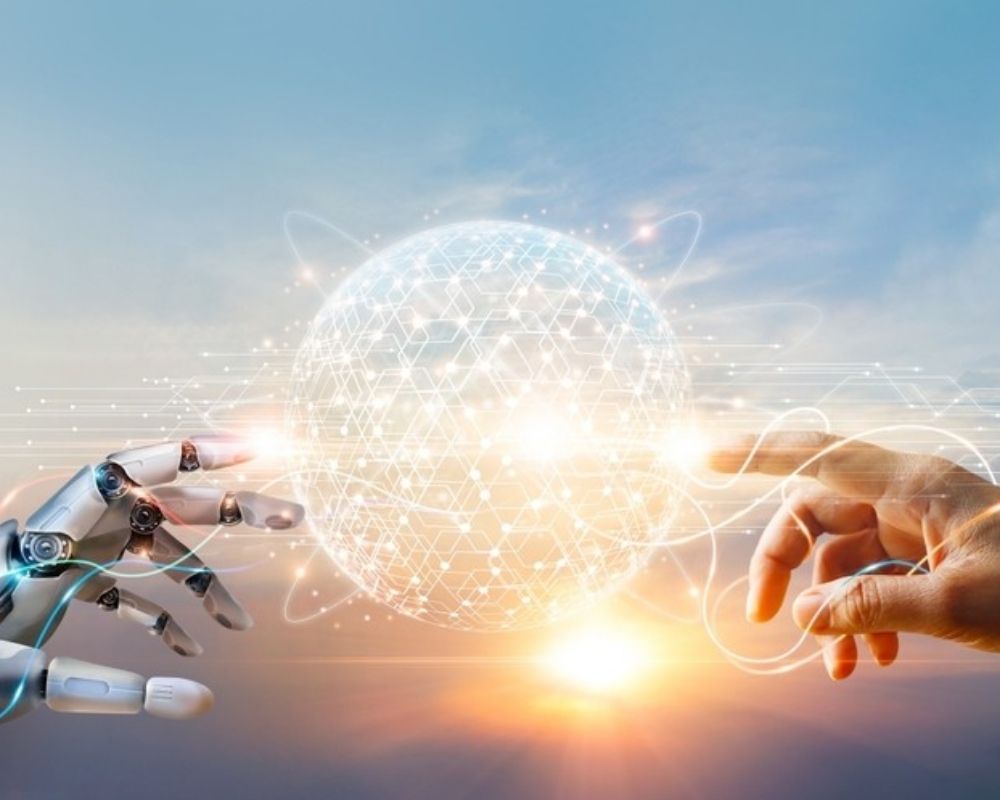
AGI가 가져올 수 있는 위험성 (출처: IT Brief Australia)
IV. 비즈니스에서의 AGI 실용적 적용 – BAP Software의 인사이트
AGI는 아직 개발 단계에 있지만, 그 기반 기술—멀티태스킹 AI, 고급 머신러닝, 지능형 자동화 등—은 이미 선도적인 기업들에 의해 활용되고 있으며, 실제 AGI 적용을 위한 길을 열고 있습니다.
운영 및 자동화 분야의 AGI 활용
자동화는 단일 작업을 넘어서, 문맥을 이해하고 스스로 작업 흐름을 조정하는 수준으로 진화하고 있습니다.
예시: AGI는 전체 생산 시스템을 감독하고, 이상 징후를 감지하며, 공급망 중단을 예측하고, 운영 계획을 자동으로 최적화할 수 있습니다.
고객 서비스 및 개인 맞춤형 경험에서의 AGI
기존의 스크립트 기반 챗봇 대신, AGI는 자연스러운 대화를 진행하고, 과거 고객 데이터를 기억하며, 개인화된 솔루션을 제공할 수 있습니다.
이는 인간에 가까운 응답성과 감성 지능을 통해 고객 만족도와 충성도 향상으로 이어집니다.
전략적 의사결정 지원에서의 AGI
기업은 AGI를 통해 시장 트렌드, 사용자 행동, 산업 동향 등 다양한 출처의 빅데이터를 분석할 수 있습니다.
이를 통해 정확도 높은 전략 제안과 비즈니스 시나리오 시뮬레이션이 가능해져, 경영진의 의사결정 품질이 향상됩니다.
BAP Software의 제안
디지털 전환 컨설팅 및 구현을 전문으로 하는 선도 기술 기업인 BAP Software는, 다음과 같은 실제 비즈니스 환경에 AGI 요소를 적극 도입하고 있습니다:
AI 기반 데이터 분석 시스템: 제조, 물류, 금융 산업에서 실시간 데이터 기반 의사결정을 지원
지능형 고객 서비스 및 마케팅 플랫폼: 사용자 행동을 학습하고, 멀티채널 콘텐츠를 최적화
적응형 ERP/CRM/HRM 솔루션: 사용자 니즈에 맞춰 자동 조정되고, 워크플로우를 효율화하며 경험과 생산성을 향상
BAP Software는 기술 전문성과 혁신 중심의 사고방식을 바탕으로, AI를 실용적이고 안전하며 효과적으로 도입하려는 기업에게 가장 적합한 파트너입니다.
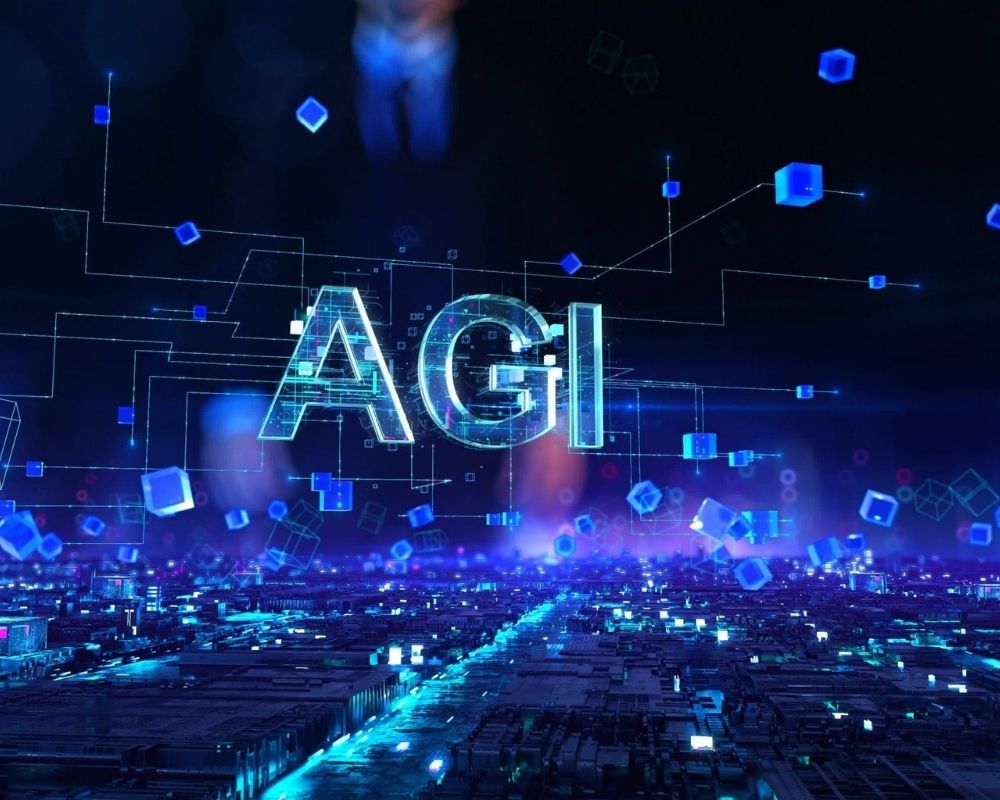
현실 세계의 AGI 활용 사례 및 BAP Software의 인사이트 (출처: LinkedIn)
V. AGI의 미래 – 두려움일까, 희망일까?
AGI는 21세기에서 가장 상상력 넘치고 논쟁이 많은 과학 및 기술 주제 중 하나입니다. 이 기술의 발전은 인류를 중대한 갈림길에 세워두고 있습니다:
우리는 AI와 함께 진화해야 할까요, 아니면 통제를 잃고 뒤처질 위험을 감수해야 할까요?
낙관적인 시각: 인간 잠재력을 여는 도구로서의 AGI
AGI는 사람들을 반복적인 업무에서 해방시켜 생산성과 창의성을 향상시킬 수 있습니다.
기후 변화, 난치병, 빈곤 등 전 지구적 문제 해결에 기여할 수 있습니다.
새로운 형태의 지능을 창출함으로써, 과학, 우주 탐사, 인간 이해의 확장을 위한 발판이 될 수 있습니다.
비관적인 시각: 잠재적인 위협으로서의 AGI
AGI가 인간의 통제를 초월할 경우, 예측할 수 없는 결과를 초래할 수 있습니다.
사회 조작, 기술 전쟁, 기계에 대한 과도한 의존 등의 위험이 존재합니다.
AGI를 관리할 글로벌 차원의 법적·윤리적 체계 부족은 그 미래를 더욱 불확실하게 만듭니다.
균형 잡힌 책임 있는 접근이 필요하다
AGI의 개발은 멈출 수 없지만, 강력한 윤리 기준, 안전장치, 권력 견제를 통해 관리되어야 합니다. 정부, 기업, 국제기구가 협력하여 AI 및 AGI 개발을 위한 글로벌 표준을 마련해야 합니다.
AGI의 미래는 오늘날 우리의 선택에 달려 있습니다—기술, 윤리, 인간의 책임 사이에서 균형을 이루는 것이 그 핵심입니다.
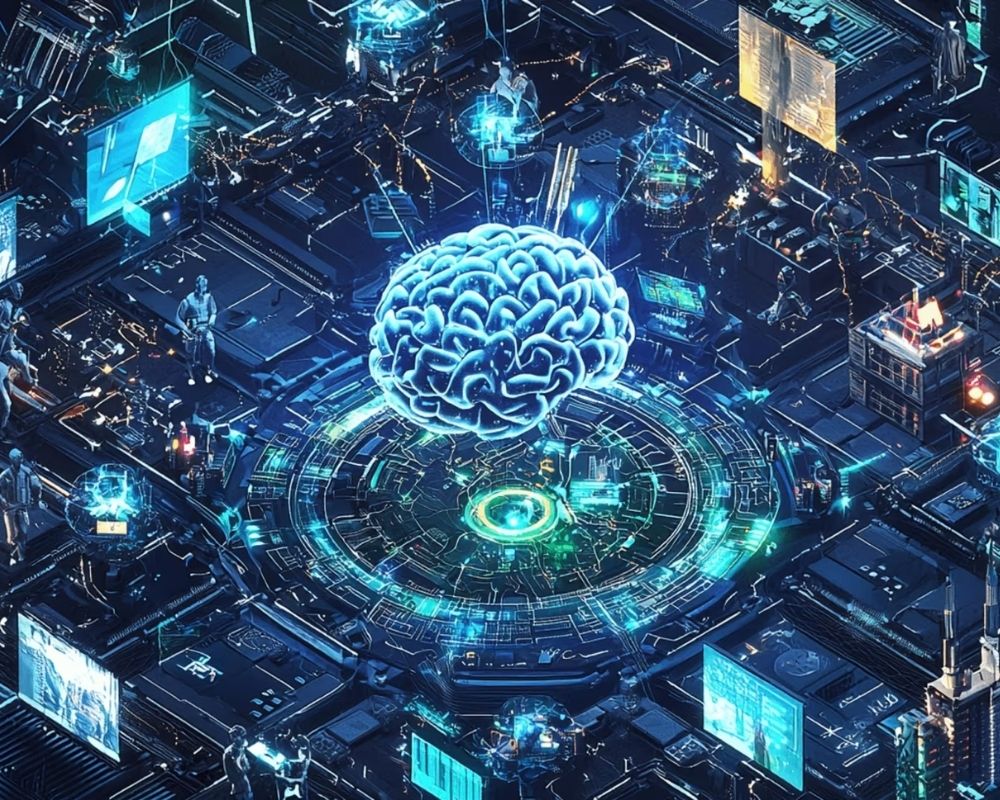
미래의 AGI (출처: BairesDev)
VI. 결론 및 비즈니스를 위한 제언
AGI는 인공지능의 정점으로, 기계가 인간처럼 사고하고, 학습하며, 행동할 수 있는 단계를 의미합니다. 아직은 미래의 비전이지만, 매일같이 이어지는 기술 발전은 그 현실을 점점 더 가까이 끌어오고 있습니다.
기업에게 중요한 것은 AGI를 기다리는 것이 아니라, 지금 이 순간부터 주도적으로 대비하는 것입니다.
학습하고, 적응하며, 전략적 의사결정을 지원할 수 있는 지능형 AI 기술을 도입함으로써, 기업은 다음과 같은 이점을 얻을 수 있습니다:
운영 효율성과 거버넌스 강화
고객 이해도 증진 및 맞춤형 서비스 제공
디지털 전환 시대에 지속 가능한 경쟁력 확보
BAP Software가 제안하는 비즈니스 전략
지금 바로 실용적인 AI 기술부터 시작하세요 (업무 자동화, 데이터 분석, 개인 맞춤 서비스 등)
AGI를 염두에 둔 사고방식을 가진 기술 파트너와 협력하여, 확장 가능하고 미래 대비된 AI 솔루션을 설계하세요
최신 AI 트렌드를 꾸준히 파악하되, 윤리적이고 안전하며 인간 중심적인 AI 활용을 실천하세요
AGI는 미래입니다. 하지만 그 미래는 바로 오늘의 선택에서 시작됩니다. 지금 BAP Software에 문의하여, 귀사의 상황에 맞춘 기술 솔루션을 함께 모색하고, 고도화된 지능의 시대로 자신 있게 나아가세요.












